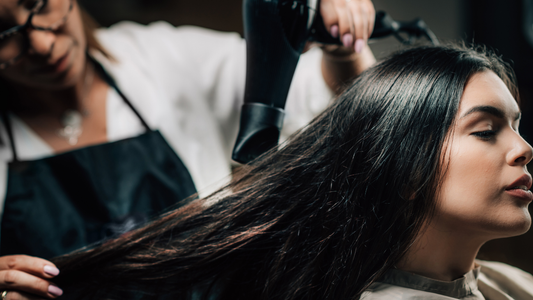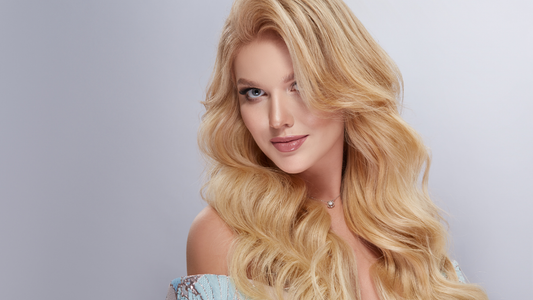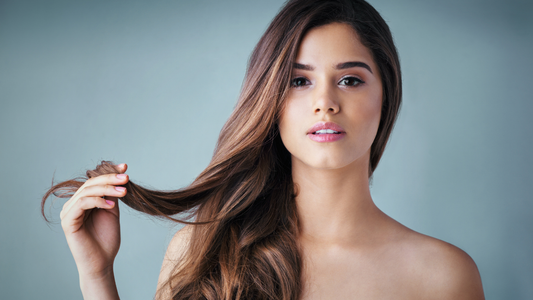Combining hair coloring with keratin treatments can yield stunning results, giving you vibrant color along with smooth, frizz-free locks. However, to ensure that both processes enhance rather than compromise your hair health, it's crucial to follow specific guidelines. This article provides a comprehensive look at how to safely color your hair when planning a keratin treatment, particularly using Kera Mane Keratin Hair Treatment, to maintain the integrity and beauty of your hair.
Understanding the Interaction Between Hair Color and Keratin Treatments
- Chemical Processes: Both hair coloring and keratin treatments involve chemical processes that change the hair's structure. It's essential to understand how these treatments interact to avoid overprocessing and damaging your hair.
- Porosity and Absorption: Coloring can increase the porosity of the hair, which affects how the hair absorbs the keratin treatment. More porous hair may absorb too much protein, leading to stiffness and breakage if not managed properly.
Best Practices for Timing Hair Coloring and Keratin Treatments
-
Coloring Before Keratin Treatment:
- Advantages: Applying color before a keratin treatment can help seal in the color, making it last longer and look more vibrant.
- Timing: Ideally, color your hair at least a week before applying the keratin treatment. This gap allows the hair to recover and ensures that the cuticle layer can properly absorb the keratin.
-
Coloring After Keratin Treatment:
- Wait Period: If you choose to color your hair after the keratin treatment, wait at least two weeks. This waiting period ensures that the keratin has fully settled into your hair and won’t be stripped away by the coloring chemicals.
- Caution: Be aware that coloring too soon after a keratin treatment may lead to uneven color absorption and potentially diminish the smoothing effects of the treatment.
Tips for Safe and Effective Hair Coloring with Keratin Treatments
- Use Gentle Formulas: Opt for ammonia-free or low-ammonia hair colors to minimize hair damage. These gentler formulas are less likely to disrupt the keratin's sealing effect.
- Professional Consultation: Consult with a professional hairstylist who understands both coloring and keratin treatments. They can offer personalized advice based on your hair type and condition.
- Proper Aftercare: Post-treatment care is crucial. Use sulfate-free shampoos and conditioners, especially formulated for chemically treated hair, to extend the life of both the color and the keratin treatment.
The Role of Kera Mane in Coloring Treated Hair
- Compatibility: Kera Mane Keratin Hair Treatment is specifically formulated to be compatible with colored hair. It helps to restore and protect the hair’s natural keratin structure, which can be compromised during the coloring process.
- Enhancing Results: By using Kera Mane after coloring, you can enhance the smoothness and shine of your colored hair, ensuring it looks its best while remaining healthy.
Conclusion
When done correctly, combining hair coloring with keratin treatments like Kera Mane can greatly enhance your hair's appearance and texture. By following the outlined guidelines and ensuring proper timing and care, you can enjoy the dual benefits of vibrant color and sleek, manageable hair.




